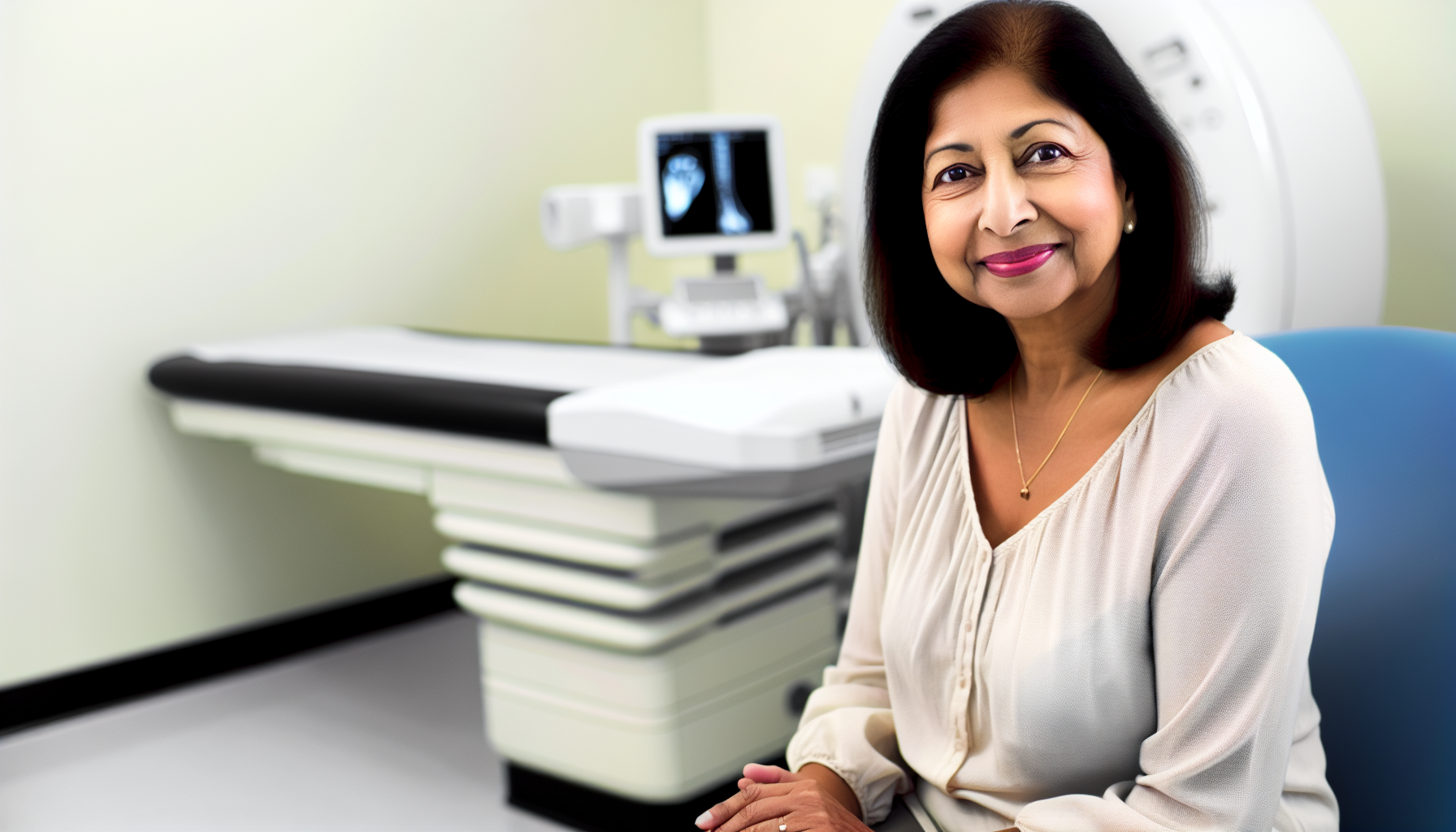Breast cancer screening is a crucial aspect of women’s health, yet it remains shrouded in myths and misconceptions. Understanding the facts about mammograms and regular screenings can save lives and empower women to take control of their health. Let’s delve into the truth behind these common misunderstandings and explore the importance of early detection in the fight against breast cancer.
Annual Screening: A Necessity for Women Over 40
One of the most persistent myths about breast cancer screening is that it’s only necessary for women with symptoms or a family history of the disease. However, all women above 40 years of age should undergo annual mammograms, regardless of their perceived risk factors.
Regular screenings are crucial because:
1. Many breast cancers develop without noticeable symptoms in the early stages.
2. A significant percentage of breast cancer cases occur in women with no family history of the disease.
3. Early detection dramatically improves treatment outcomes and survival rates.
By making mammograms an annual practice, women can ensure that any potential issues are caught early, when they are most treatable.
Debunking the Safety Concerns of Mammograms
Another common misconception surrounds the safety of mammograms themselves. Some women worry about the radiation exposure from these screenings. However, it’s essential to understand that mammograms use low-dose X-rays that are carefully calibrated to produce clear images while minimizing radiation exposure.
Key facts about mammogram safety:
1. The radiation from a single mammogram is comparable to the natural background radiation one would receive over two months.
2. Modern mammography equipment is designed to use the minimum radiation necessary for effective imaging.
3. The benefits of early detection far outweigh any potential risks from the minimal radiation exposure.
Comparing Radiation Exposure
To put things in perspective, here’s how mammogram radiation compares to other common sources:
– Mammogram: 0.4 mSv
– Chest X-ray: 0.1 mSv
– Annual natural background radiation: 3 mSv
– Transatlantic flight: 0.03 mSv
As you can see, the radiation from a mammogram is relatively low and should not be a deterrent to regular screening.
Taking Control: Self-Prescribed Mammograms
Many women believe they need a doctor’s prescription for a mammogram. In reality, mammograms can be self-prescribed and adopted as a proactive annual practice. This empowers women to take charge of their health without waiting for a healthcare provider’s recommendation.
When scheduling a mammogram:
1. Choose a well-equipped medical center with modern technology.
2. Look for facilities with experienced radiologists specializing in breast imaging.
3. Consider centers that offer 3D mammography for more detailed images.
By being proactive, women can ensure they receive timely screenings and potentially life-saving early detection.
Understanding Risk Factors and Age Considerations
While it’s true that breast cancer risk generally increases with age, it’s crucial to understand that younger women are not immune to the disease. In fact, the rate of breast cancer among young women is on the rise, likely due to lifestyle changes and hormonal factors.
Important considerations for younger women:
1. Those with a family history of breast cancer should start mammograms earlier, potentially as young as 30.
2. Women with known genetic mutations (BRCA 1 and 2) may need to begin screenings even earlier.
3. Consult with a healthcare provider to determine the most appropriate screening schedule based on individual risk factors.
Rising Incidence in Younger Women
Recent studies have shown an alarming trend:
– Breast cancer rates in women under 40 have increased by 2% annually since the mid-1990s.
– More aggressive forms of breast cancer are being diagnosed in younger women.
– Early detection is crucial for improving outcomes in these cases.
Limitations of Mammograms and Additional Screening Methods
While mammograms are an excellent screening tool, they do have some limitations, particularly when it comes to dense breast tissue. This type of tissue is more common in younger women and can make it harder to detect abnormalities on a standard mammogram.
In cases of dense breast tissue:
1. Additional imaging techniques may be recommended.
2. Breast ultrasound can provide complementary information.
3. MRI scans might be advised for high-risk individuals.
It’s important to discuss these options with a healthcare provider to ensure comprehensive screening.
The Critical Role of Early Detection
The importance of early detection in breast cancer treatment cannot be overstated. Regular breast exams and mammograms play a crucial role in identifying abnormalities before they become more serious.
Benefits of early detection include:
1. Increased treatment options
2. Higher chances of successful outcomes
3. Potential for less aggressive treatments
4. Improved quality of life during and after treatment
By prioritizing regular screenings, women can significantly improve their chances of catching breast cancer in its earliest, most treatable stages.
Frequently Asked Questions
Q: How often should I get a mammogram?
A: Women over 40 should get annual mammograms. Those with higher risk factors may need to start earlier or have more frequent screenings.
Q: Are mammograms painful?
A: Mammograms can be uncomfortable but are generally not painful. The discomfort is brief and well worth the potential life-saving benefits.
Q: Can I get a mammogram if I have breast implants?
A: Yes, but inform the technician beforehand. Special techniques may be used to ensure accurate imaging.
Q: What should I do if I’m pregnant?
A: Inform your healthcare provider. While mammograms are generally not recommended during pregnancy, exceptions may be made in certain cases.
Q: Are there alternatives to mammograms?
A: While mammograms are the gold standard for breast cancer screening, other methods like ultrasound and MRI may be used in specific situations.
In conclusion, regular breast cancer screening through mammograms is a vital tool in the fight against this prevalent disease. By dispelling common myths and misconceptions, we can empower women to take proactive steps in their health care. Remember, early detection saves lives, and staying informed about the facts of breast cancer screening is the first step towards better health outcomes for all women.
Source: The Times of India – Breast Cancer Screening: Debunking Myths and Misconceptions
